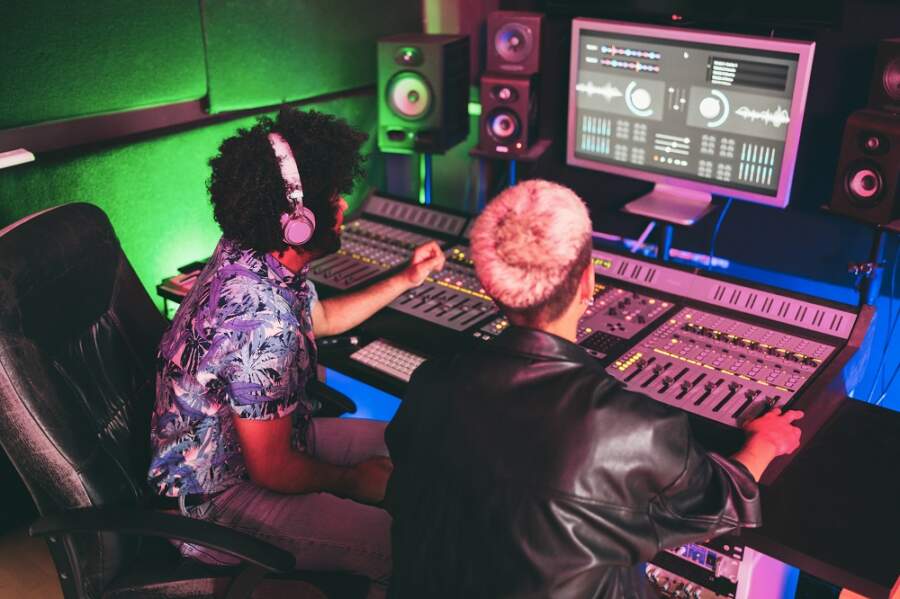
2021 was the year of the NFT – elevated from up and coming to must have for investors. But does everyone win when it comes to NFTs? Or is it just another way for investors and established creators to generate large income or can NFTs open a new platform for all creators to sell their pieces?

Rory Kenny, Co-Founder & CEO at Loudly
Rory Kenny, Co-Founder & CEO at Loudly, a music tech company based in Berlin, recently collaborated with four artists on creating NFTs to see how they found the experience first-hand and if this new way of selling can benefit all levels of creator and buyer.
Whilst NFTs have been a hot topic for some time now, 2021 saw the hype convert into staggering amounts of money. In March Beeple’s ‘Everyday’ sold for $69 million cementing NFTs place not only for artists but also for investors.
Of course, not everyone can purchase pieces for millions of dollars or indeed are established artists who have the credentials to command such attention when they upload a piece onto the digital platform.
So what did our experience with the artists teach us?
Artists take charge
The traditional art revenue model typically favours galleries and buyers and can often leave the artist at their mercy when it comes to controlling the buying process. However, NFTs are democratising the art market. It’s no longer a case that an artist is bound to the wishes of a gallery, but now they can choose when they sell work, how often and for how much.
SchirinNegahbani, one artist we worked with said of the NFT process. “It enables everyone with access to the internet and digital assets to create and sell NFTs, which does seem to offer more equality than other systems.”
Piracy becomes impossible
One of the key distinguishing features of NFTs is that it’s become almost impossible for piracy to happen – a major issue that has plagued the art industry for decades.
NFT licenses are non-duplicable owing to the blockchain technology meaning that these assets are harder for thieves to get their hands on.
More choice
Creators have a greater choice of platforms to host their works than in the traditional art world. However, digital ‘galleries’ can also be exclusive and handpick artists to sell them like they do with a physical presence. With that comes a greater buying base and exposure. Of course, it raises the same dilemma for artists as they have to raise their profile and be invited but unlike traditional art, there are still loads more options available for them.
One artist Gabriel Massan said: “Creating NFTs is a revolution. Today I find myself in a much more independent and secure place.” Gabriel’s piece sold within one day of being placed on the Foundation platform.
Fluctuating currency
Of course, one of the drawbacks to the process is the changing value of cryptocurrency. Most NFTs are purchased in Ethers and the price can change daily making it a more unpredictable way for artists to use it as a reliable source of income.
This meant for our artists that they chose to delay when they published the pieces until the rate was more in their favour. This may not always be possible and also there is no knowing how long it will take.
Art can have more dimensions
NFTs allow for texture, emotion and cultural elements to be added that can raise the artistry. One of the ways in which this can be achieved is through adding a soundtrack to the piece.
But whilst this sounds like a straightforward process it’s actually very complex and takes time to navigate.
The options are purchase music which often comes with a huge cost, commission an artist to create a track – which has complex issues with contracts, rights and revenue, or try to make your own piece.
Most of these options are either going to be too expensive or require too much resource which artists can’t service. This is why Loudly was created. Using AI technology the platform allows artists to create their own royalty free soundtracks in minutes that can be tailored to their specific needs.
Gabriel Massan said: “I used Loudly to add to the atmosphere of my piece. It really elevated my work to another place and it allowed me to remain independent and not worry about copyright.”
Is it worth it?
In short, yes. Our experience was really positive on the whole. It showed how much the old process didn’t always favour the artists, but this new digital platform has empowered creators to have more choice and control over how they make revenue.
For us at Loudly we are all about supporting independent artists and creators and we see NFTs as a hugely positive way to do this. To see the balance of power equalise is encouraging and will motivate artists to keep creating which can only be a good thing!


